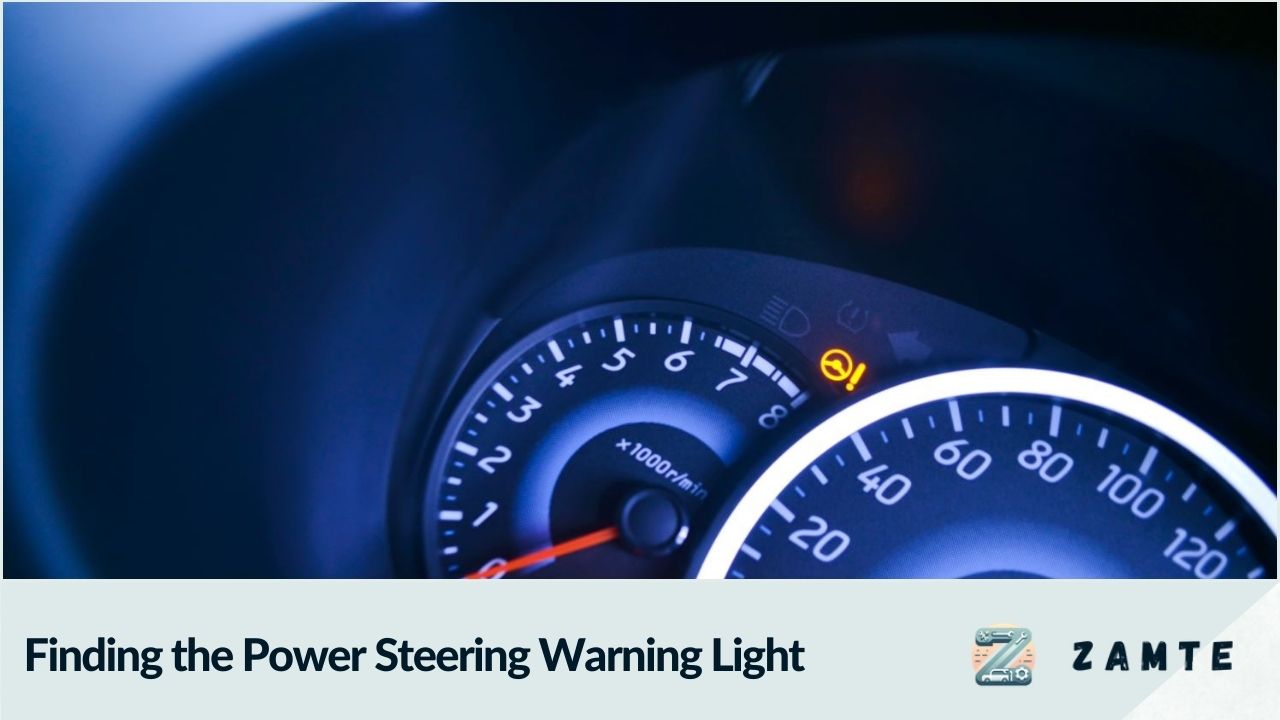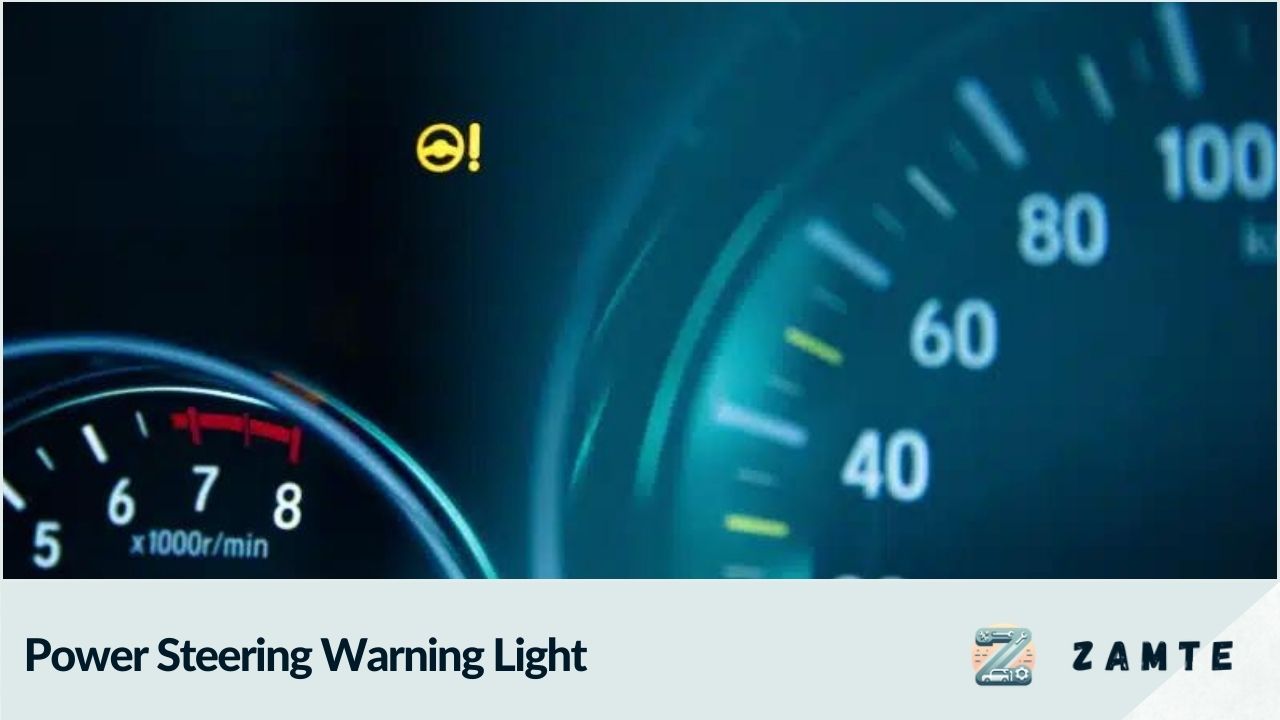The power steering system warning light means a problem with your vehicle's power steering. If you see this light, don't worry too much at first. Here's some important information about the power steering light to help you understand what to do next.
The light for power steering problems usually shows an exclamation mark inside a steering wheel shape. It can be red or yellow. To turn the light off, find out what's causing the problem and fix it.
If this light comes on while driving, it's best not to keep going. It would help if you safely moved to the side of the road. Then, it's important to know what kind of power steering your vehicle has to figure out what to do next.
Finding the Power Steering Warning Light

The power steering warning light is found on your car's dashboard. It's often a yellow, orange, or red steering wheel symbol, sometimes with an exclamation mark. In vehicles with electric power steering (EPS), a light that says EPS might turn on, meaning the same thing.
What Happens When This Light Comes On?
When the power steering warning light comes on, the system stops properly. This makes your car much harder to steer.
Why Does the Power Steering Warning Light Come On?
This light is a signal that there's a problem with your power steering system. The reason for the problem depends on the type of power steering your car has.
- A system leak is the most common problem for cars with hydraulic power steering. This leak can lead to a low fluid level, causing the light to turn on.
- Instead, you might see an EPS light in cars with electric power steering (EPS). Since EPS systems don't use fluid, you won't need to check fluid levels. A common issue for EPS systems is related to the battery, especially if you've recently disconnected or reconnected the battery or needed a jump-start.
What to Do If the Power Steering Warning Light Comes On
Taking immediate action is important if you see the power steering warning light on your dashboard. Here's what you should do:
- Safely Pull Over: As soon as it's safe, pull over to check on the issue. Continuing to drive could be risky, especially if steering becomes more difficult.
Check the System Based on Your Car Type:
- For Hydraulic Power Steering Systems, Look for the steering wheel fluid reservoir under the hood. It might have a steering wheel symbol on the cap. Check the fluid level against the marks on the reservoir. If it's low, fill it up with the correct type of fluid as recommended in your car's manual. After topping up, restart the engine to see if the light goes off. Remember that a low fluid level usually points to a leak in the system, which a professional should check.
- For Electronic Power Steering (EPS) Systems: Try turning your car off and then on again. This might reset the system and turn off the warning light. If the light stays on, check the battery connections to ensure they're secure and not damaged. Issues with the battery can affect the EPS system.
- What to Do Next: The power steering warning light signals a problem that needs attention. Suppose the light remains on after checking fluid levels (for hydraulic systems) or restarting the car (for EPS systems). In that case, it's time to see a specialist. Take your vehicle to a repair shop with experience in power steering issues. They can diagnose the problem accurately and fix it to ensure your safety on the road.

